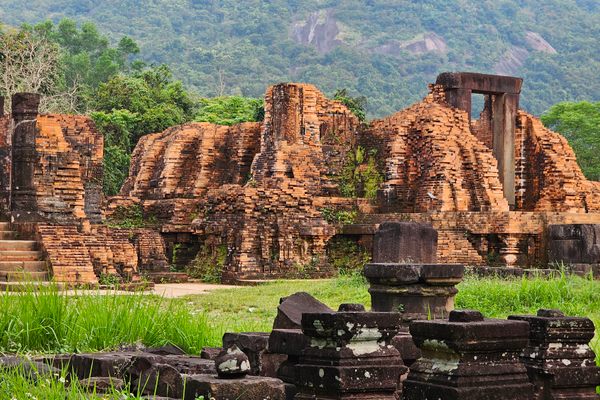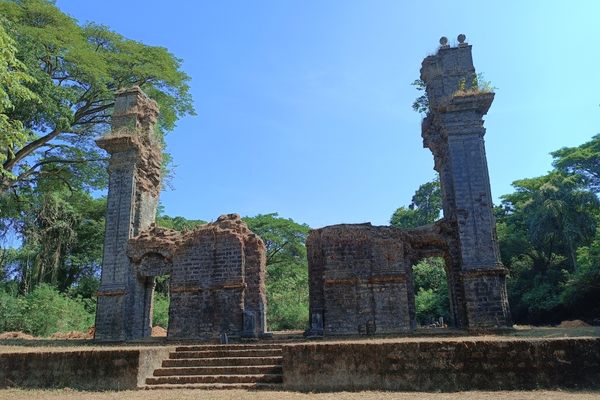About
The 19th century witnessed a flurry of trading activity throughout the Indian Ocean, and as a result, a sizable Parsee community became established in Aden. A Parsee businessman by the name of Cowasjee Dinshaw Adenwalla bankrolled the construction of a Temple of Fire accompanied by the Tower of Silence.
Like other Zoroastrian towers of silence, this site was used as a form of burial known as excarnation. In this practice, the bodies of the deceased were left inside roofless towers, exposed to the elements and carrion birds—in this case, kites and crows. This enterprise culminated with the opening of the Adenwalla Agiary and consecration of the Holy Fire in 1883.
In the 1960s, Yemen became the only country in the Middle East to set up a communist government. In view of these radical political changes, a debate began within the Parsee community whether the Holy Flame should be relocated. Once the decision was made, it took years of negotiations with the authorities to arrange for the transfer. In 1976, the Holy Flame finally boarded a plane and was taken to Lonavala, near Mumbai.
Several unmarked trails lead to the hilltop, where the arches of the inner circle of the tower remain, from which there are commanding views of Crater neighborhood, the harbor and Sira Castle.
Related Tags
Published
June 3, 2021





















